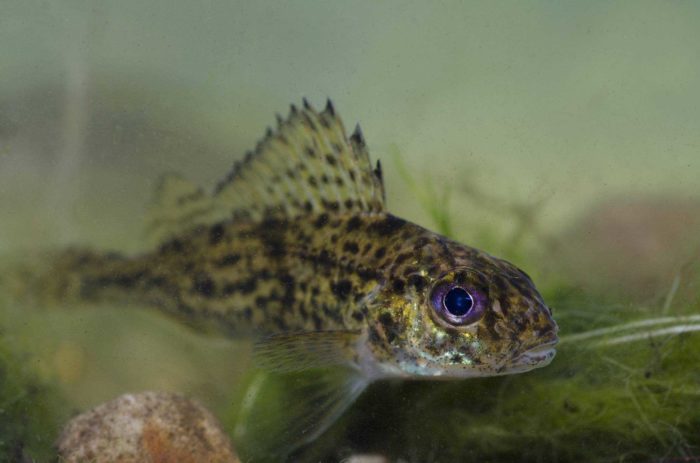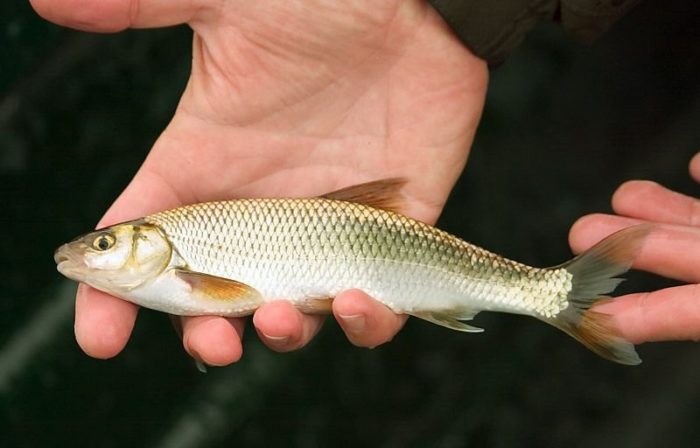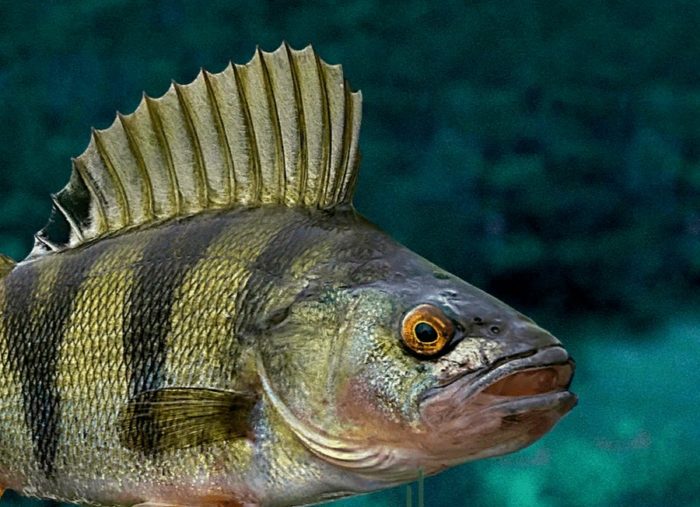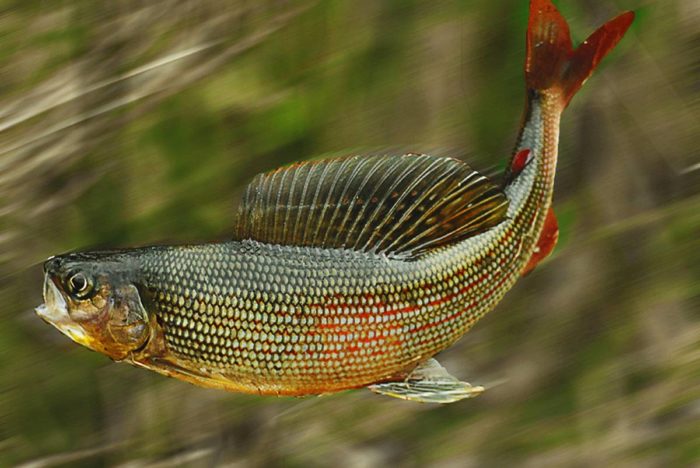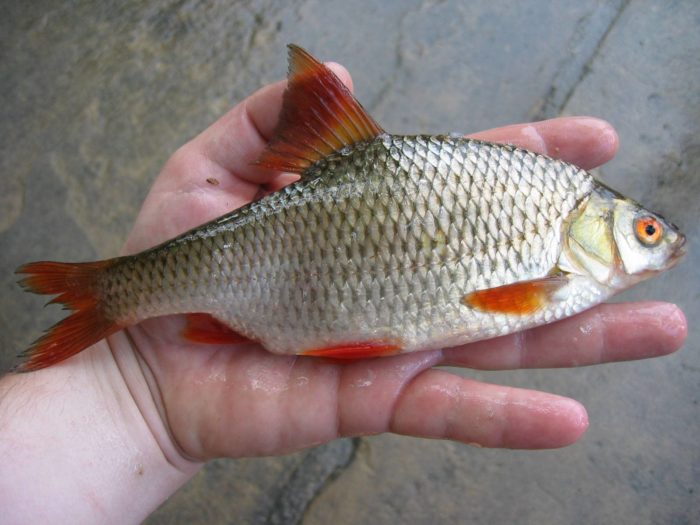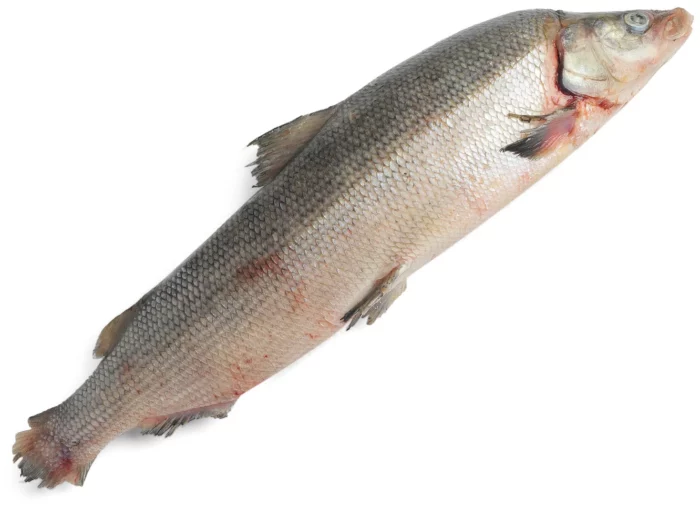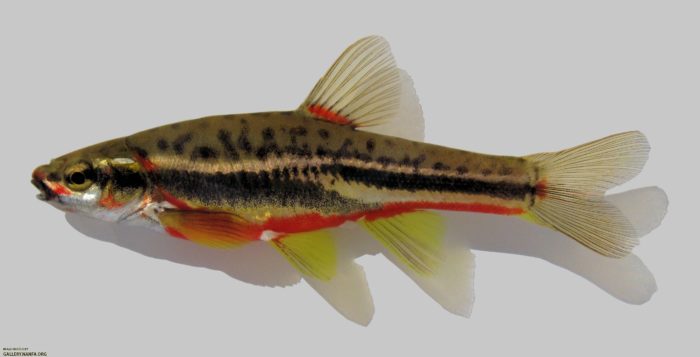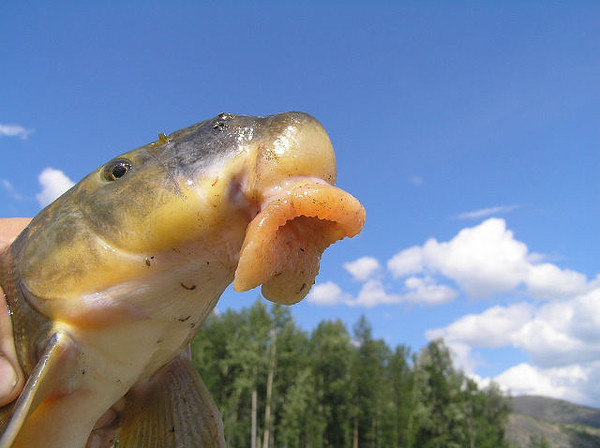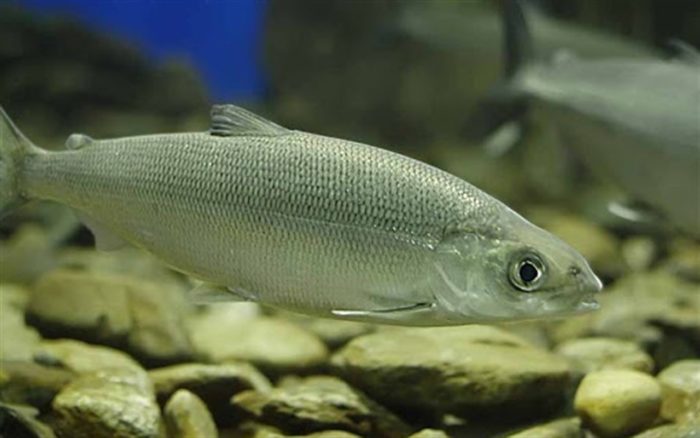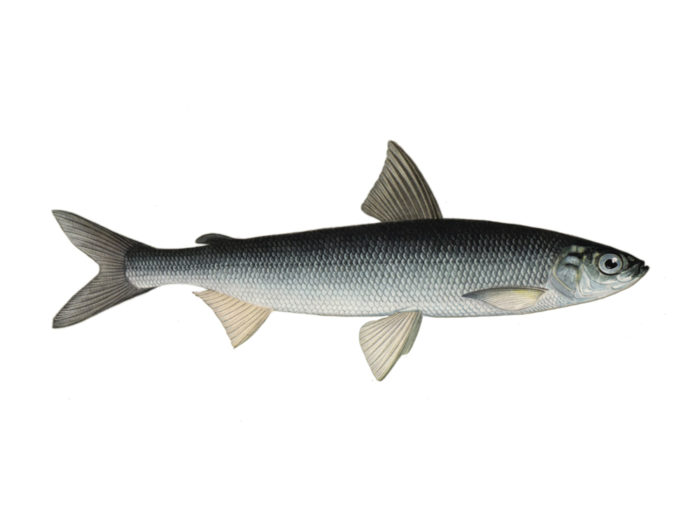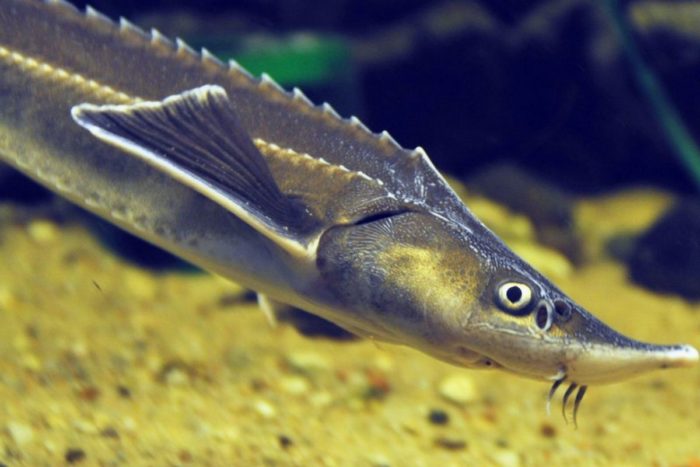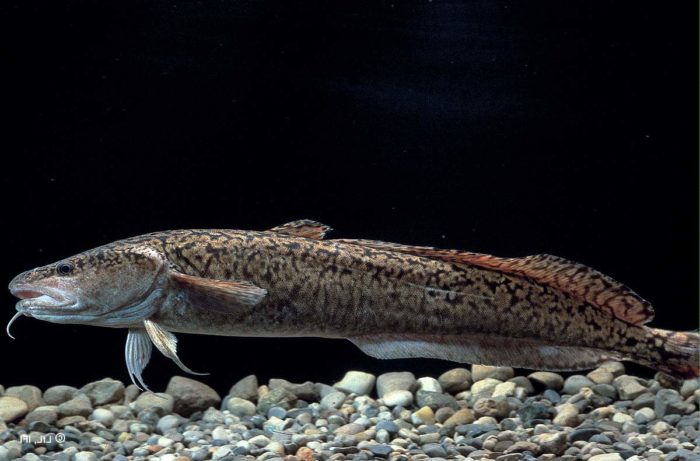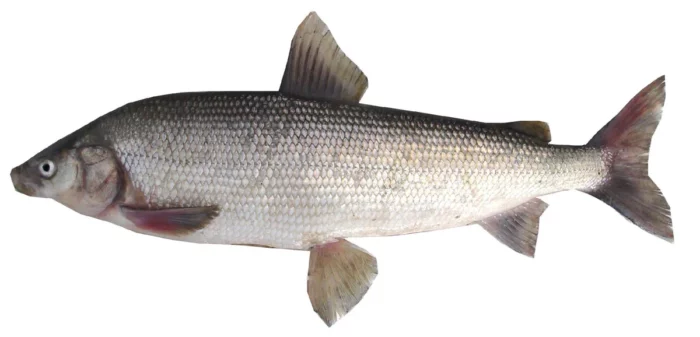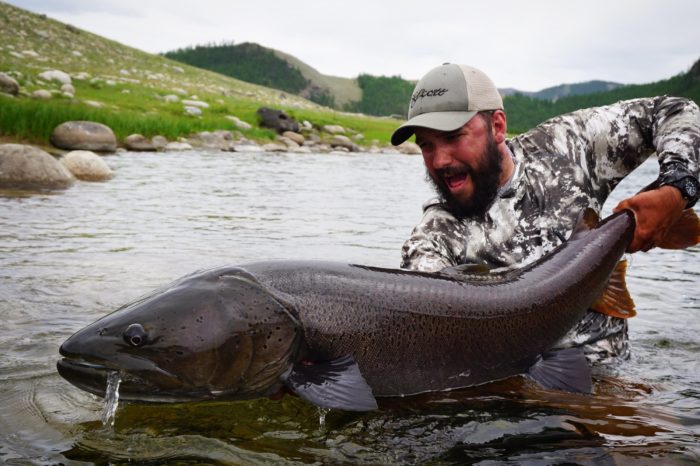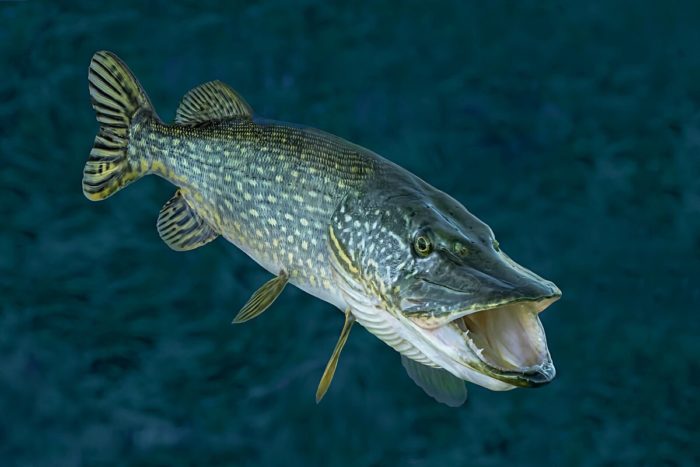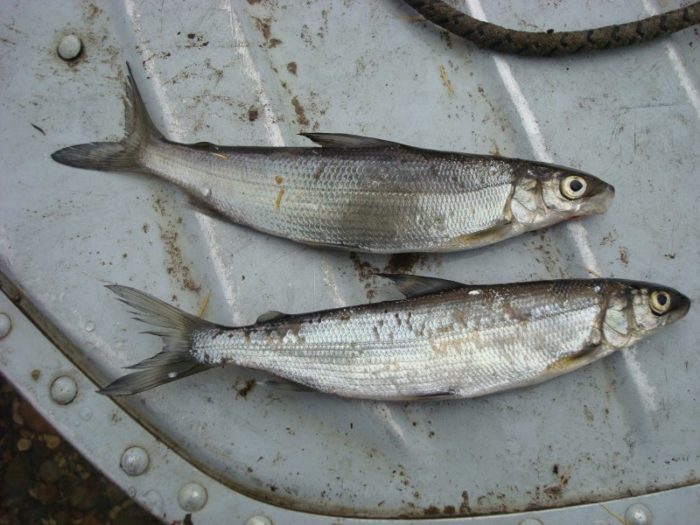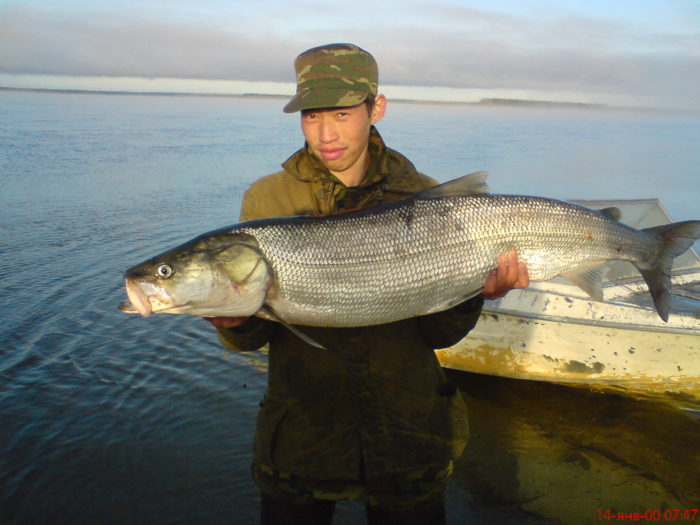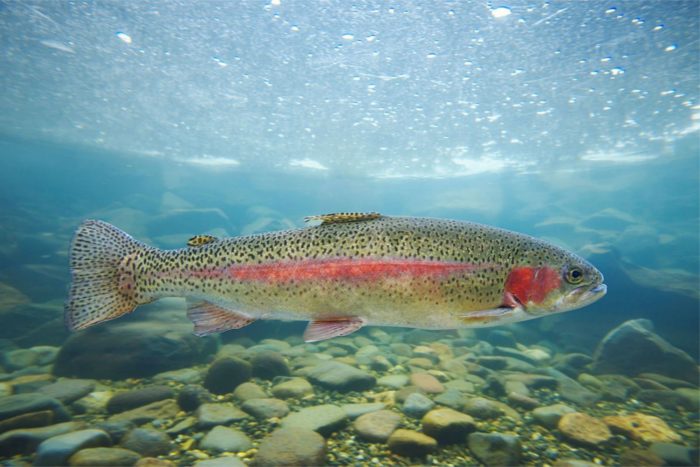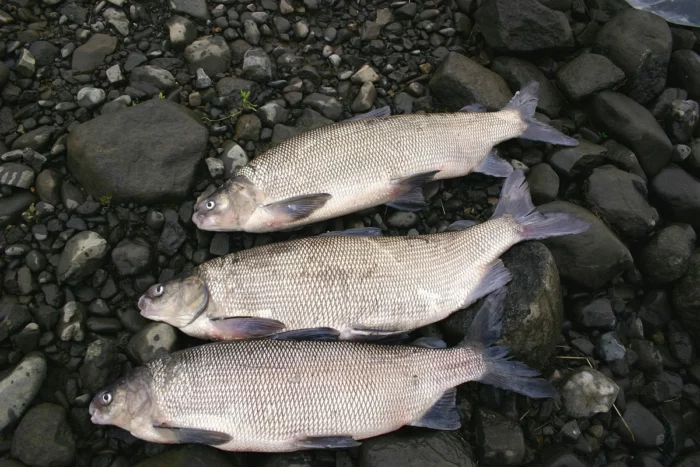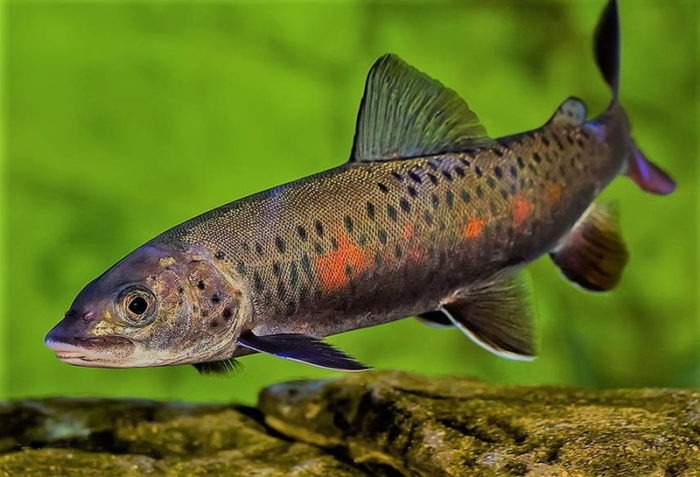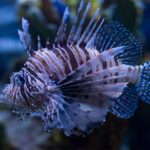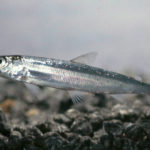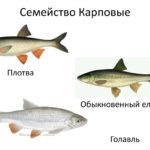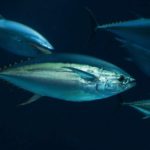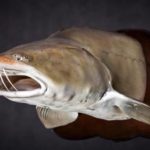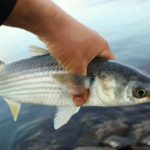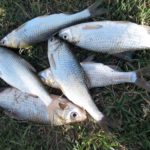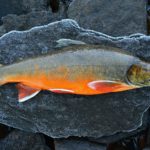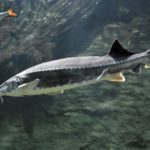There are many different species of fish living in the northern regions of Russia. For many centuries, large Siberian rivers have provided the people living there with high-quality natural nutrition. Northern fish are mainly represented by the Whitefish genus, which belongs to the Salmon family. Many of these individuals are rarely found in the European part and are considered delicacies.
Ruff
This fish belongs to the Perch family. It is characterized by its widespread distribution in Siberia - right up to the border of the tundra. This small individual reaches a length of 30 centimeters. Moreover, its weight is 250 grams.The ruffe is considered an undemanding fish that can adapt to its habitat conditions. It lives in schools and can live in both fresh and salt water. This fish is a predatory fish and is active at night.
It is recommended to fish for ruffe in spring, autumn and early winter. At this time his gluttony begins. It is worth fishing in the morning and evening. In summer, ruffe can be caught well at night, since it is cooler at this time. It is recommended to use bloodworms, maggots, and worms as bait. A float rod is ideal for fishing gear.
Dace
This small fish belongs to the Karpov family. She chooses clean rivers for life, which are characterized by a slow flow. In this case, the reservoir must have a hard sandy or rocky bottom.
Dace has no commercial significance. Its characteristic feature is its long body, which is compressed from the sides. In its natural environment, dace prefers to eat crustaceans, worms, and insect larvae. To catch it, it is recommended to use a float rod. In this case, it is worth using maggots and worms as bait.
Perch
This fish belongs to the Perch family. It lives in cold water bodies throughout northern Eurasia. The length of the perch can reach 44.7 centimeters, and the weight can exceed 2 kilograms. This predatory fish is considered unusually voracious. It can be used as a base for fish soup. Perch is also fried, smoked and dried. It is often the target of commercial, sport and recreational fishing.
Like other types of predatory fish, perch responds well to bait of animal origin. You can safely catch it with live bait or a worm. It is permissible to use spinning rods, wobblers, and spinners as gear. It is also worth catching perch using various spoons and vibrating tails.Most often it lives in the same area as the pike. Perch mainly lives in areas where small fish accumulate.
Grayling
This fish is often found in northern rivers. It belongs to the Salmon family. Grayling is an object of sport and recreational fishing. It is appreciated for its excellent taste. Grayling is divided into several varieties - European, Siberian, Mongolian.
Its weight can reach 2.5-3 kilograms. At the same time, the diet of grayling is dominated by mollusks and larvae. It also feeds on insects that fall into the water - midges, gadflies, grasshoppers and many others.
Most often, fly fishing is used to catch grayling. It is also permissible to use a spinning rod and an ordinary fishing rod for this purpose. In most cases, this fish is caught with a fly. There are several known places where grayling take bait best. These include the following:
- rifts and rapids;
- fallen trees;
- big stones.
When using spinners and spinners to catch grayling, light baits are usually used. However, large specimens can also be taken on heavy ones.
Chebak
This commercial fish lives in the Ural and Siberian reservoirs. It is characterized by high fertility and rapid growth. Chebak is often bred on an industrial scale. Its distinguishing feature is its tall body.
For life, the chebak mainly chooses small rivers and ponds. It is also found in large lakes, rivers, and reservoirs. The basis of the diet is insect larvae and algae. For fishing, bottom and float rods are used. Spinning is also used for this. Bran, bread, bloodworms and cake are used as bait.
Muksun
This is a fairly well-known commercial fish in Russia. It is characterized by an unusual smell, similar to the aroma of a fresh cucumber.Muksun is found in desalinated bays of the Arctic Ocean. It is also found in the lakes of the Taimyr Peninsula and in the rivers of Siberia. The average length of such individuals reaches 78 centimeters, and their weight is 8 kilograms. However, there are also larger specimens that weigh 13 kilograms.
Muksun has unusually soft and tender meat, which has almost no bones. Thanks to this, fish is considered a delicacy. In addition, it has a low calorie content, which is 121 kilocalories. Another advantage is that muksun is practically not susceptible to attacks by parasites. Therefore, it is often used to prepare stroganina, which is a traditional Siberian snack.
Minnow
This fish is found in bodies of water with fast currents and clean, cool water. It lives almost everywhere in Europe. The minnow also lives in most of Siberia. It is characterized by a gregarious lifestyle.
A distinctive feature of the fish are dark spots, which are located in vertical rows on the sides. In nature, minnows feed on worms, plankton and algae. It is worth catching it using a float rod. Worms, dough and maggots should be used as bait.
Chukuchan
This fish belongs to the Chukuchanov family. She lives in the northeastern regions of Russia. It can be found in reservoirs of the Far East. Chukuchan chooses fast-flowing rivers for life. In them, it stays near the dark bottom near stones and snags.
A characteristic feature of the fish is its long, high dorsal fin, which resembles a sail. The diet of these individuals is based on small aquatic organisms and river vegetation. To catch Chukuchan, fixed nets are used.
Omul
This migratory fish belongs to the Salmon family.It is mainly found in coastal areas of the Arctic Ocean. The omul is also found in large Siberian and Far Eastern rivers. It is characterized by medium size. The average length of the omul is 64 centimeters, and its weight is 3 kilograms.
A separate species of this fish lives in Baikal, which is larger in size than its Arctic counterpart. Although omul meat has a high fat content, it is considered dietary. There are only 88 kilocalories in 100 grams of product. This is due to the fact that fat includes predominantly polyunsaturated fatty acids, which are easily digested.
vendace
This fish belongs to the whitefish genus and is of great commercial importance. It is found not only in Siberia, but also in the northern regions of the European part of Russia. Subspecies of vendace live in a number of northern lakes - Pskov, Ladoga, Onega and others. They are also found in the White Sea, the Gulf of Bothnia and the Gulf of Finland.
Vendace differs from other representatives of the genus in its smaller size. Its length does not exceed 35 centimeters, and its weight is no more than 1 kilogram. Despite this, vendace is highly valued. It has tender meat with almost no bones. In ancient times, this product was an integral part of the menu of Russian monarchs during coronation. That’s why vendace is often called royal.
Sterlet
This valuable commercial fish belongs to the Sturgeon family. It reaches 130 centimeters in length. At the same time, the sterlet weighs up to 20 kilograms. However, such large specimens are very rare.
Large fish are found mainly in the rivers of Siberia. She eats invertebrates and eggs of other fish. Sterlet is found in many Siberian and European rivers of Russia. It is also found in the seas.This fish often becomes the object of fishing and spearfishing. It is characterized by outstanding taste. At the same time, the sterlet is an endangered species.
Often fish become the prey of poachers. Recreational fishermen must obtain the appropriate license to legally hunt sterlet. Most often it is caught using a bottom bait. In this case, worms are used as bait.
Burbot
This is a freshwater fish that belongs to the Cod family. These relict individuals are characterized by a serpentine body and dark color. Burbot has a very unusual way of life. It is a predator that eats worms and young fish. Spawning occurs in winter. In summer, burbot hibernates.
This fish is found in a wide variety of water bodies, preferring rivers with moderate currents. Burbot is found in the Volga, Dnieper, and Kama. It also lives in Siberian reservoirs. This fish prefers clean water. Therefore, its population is steadily declining. Bottom fishing rods are usually used to catch burbot. At the same time, you can hunt fish in spring, winter or autumn. You should use live bait, worms or bird offal as bait.
Burbot is characterized by dietary meat, which contains a large amount of vitamins and fatty acids. This fish can be fried, stewed or baked. The liver of these individuals is considered especially valuable.
Pyzhyan
The list of sought-after northern fish includes the redhead. It is considered a Siberian whitefish, which lives in Siberian rivers and reservoirs of the European north. This fish reaches a length of 80 centimeters. Moreover, its mass is 5 kilograms.
Pyzhyan is characterized by excellent taste.It is an object of amateur and commercial fishing. A distinctive feature of the fish is the characteristic transition from head to body. The basis of the diet of the redhead is considered to be larvae, mollusks and all kinds of insects.
On a commercial scale, fish are caught with nets and cast nets. Amateurs use conventional bait and tackle to catch redfish. The ideal attachment would be a chiromanida. It is also permissible to use bloodworms, flies, mollusks and caviar as bait.
Taimen
This fish is considered the largest representative of the Salmon family. At the same time, taimen is found in fresh water. It is considered a cold-loving individual that chooses to live in cold, clear bodies of water with rapid currents. In Russia, this fish is found in the Urals, in the east of Yakutia and in the southern regions of the Far East. A characteristic feature of individuals is the many black spots that are located in the head area. Under natural conditions, the basis of the diet of taimen are considered to be fry of other fish.
Many people are interested in what fishing methods should be used when hunting for this fish. In this case, the same methods are used as for other predators. Taimen is found in bodies of water that are home to many small fish. To catch this predator you need to obtain a special license. In this case, it is worth using wobblers, spinners, spinners and other spinning tackle.
Pike
This valuable commercial fish is considered a predator. It has become widespread throughout almost the entire territory of Russia – from east to west. This individual is distinguished by its undemanding nature when it comes to living conditions. She can live in any body of water. At the same time, pike can hardly tolerate fast currents and loves quiet areas.
A characteristic feature of this individual is its large, elongated head. It also has a wide mouth and very sharp teeth. Under natural conditions, pike eat other fish, frogs, and crayfish. To catch it, you should use bottom and float rods. Spinning rods are also suitable for this purpose. Artificial baits and live bait should be used as bait.
Ide
This fish is considered a typical representative of the Karpov family. It became widespread in Eastern Europe. Ide is also found in reservoirs of Yakutia and Siberia. In addition, it is found in the Dnieper, Danube, and Volga. This fish is characterized by a short head and a thick body, covered with silvery scales with a reddish tint. The ide reaches a mass of 3 kilograms. It is found in rivers and lakes in Russia and other countries.
At a young age, this fish absorbs plant food and invertebrate larvae. After which she becomes a predator. For fishing, you can use different gear - feeder, donka, spinning rod. It is permissible to use porridge, dough, spinners, and live bait as bait.
This fish is considered quite expensive because it has excellent taste. Marinating helps get rid of excess bones. Fish can be fried, dried and stewed.
Tugun
This small fish belongs to the Whitefish genus. In Russia, it is found in the basins of the Ob and its tributaries. Tugun is also found in the Lena, Yenisei and other rivers. Its weight is no more than 100 grams. The taste of tugun contains cucumber notes. It can be smoked and salted.
Seines are used to extract tugun. At the same time, catching it with a spinning rod or fishing rod is useless. Fishing usually occurs during the spring flood period. This can also be done in the summer.
Nelma
This fish is found in the northern rivers of Siberia. Its distinctive feature is its large size. The average length of nelma is 1 meter, and the weight reaches 5-15 kilograms. Active fishing for this fish has led to a significant decrease in its population. Therefore, fishing for nelma in Central and Southern Siberia is prohibited. The meat of this fish does not contain parasites, which is why it is often eaten raw.
Rainbow trout
This fish belongs to the Salmon family. It is small in size. The length of rainbow trout reaches 55 centimeters, and its weight is 1.5 kilograms. This fish lives in cold water. She loves lakes and clean mountain rivers. This predator feeds on the fry of other fish. Its diet also includes insects, verkhovka, minnow.
Cheer
This fish belongs to the Whitefish family. It has a high commercial value and is found in fresh or semi-fresh water. Chir is found in the confluence of large Siberian rivers with the Arctic Ocean. It is also found in Kamchatka. This fish is often caught when fishing for muksun and nelzma.
Chir is often caught using nets. He also bites well on a spinning rod and fishing rod. It is permissible to use mollusks, larvae, and insects as bait. Artificial baits are a good option.
Lenok
This fish belongs to the Salmon family. It is found in rivers and freshwater bodies. Lenok is considered a predator. The basis of its diet are mollusks, insects, flies, and worms.
Lenka is not hunted on a commercial scale. At the same time, it is one of the most popular objects of amateur fishing. For this purpose, spinning and fly fishing are used. Wobblers, spinners, and spinners are suitable as bait.
Today there are quite a lot of northern fish known, which differ in taste, size, and appearance. Moreover, almost all of them bring great benefits to the body, and therefore arouse constant interest among fishermen.

